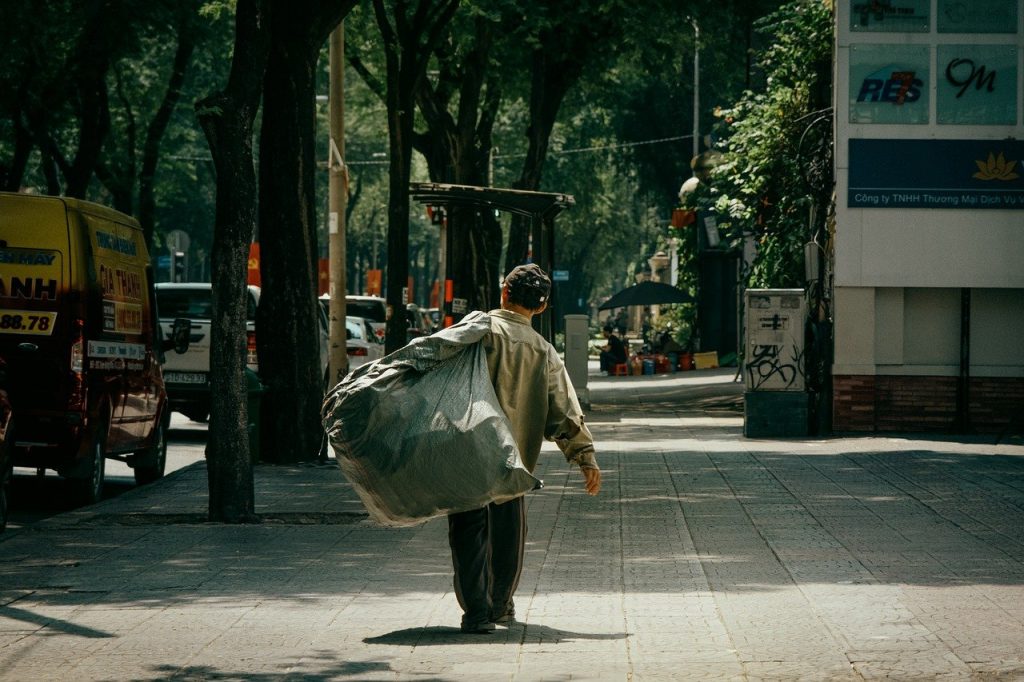Access to clean water is a basic human right, yet for many homeless individuals, this essential resource remains elusive. As advocates for positive change, we can contribute to improving the lives of those less fortunate by organizing initiatives to provide clean water.
Recognizing the intrinsic connection between water and human dignity, our collective efforts can not only quench thirst but also restore a sense of hope and resilience within the homeless community. Let us delve into a practical roadmap for facilitating clean water access, affirming the belief that every individual, regardless of their circumstances, deserves the fundamental right to a safe and sustainable water source.
Step 1 – Select your Group of Recipients and Target Area(s)
- Collaborate with local shelters, community organizations, or social workers to gain insights into the needs of the homeless population in your area.
- Take into account factors like weather patterns, seasonal variations, and any special events that might influence the concentration of individuals in need
- By tailoring your efforts based on a nuanced understanding of different subgroups within the homeless community, you can ensure a more targeted and impactful outreach.
Step 2 – Select the Number and Type of Items you want to give away
- Common items may include bottled water, water purification tablets, water filters, and water storage containers.
- While the primary focus is clean water, consider complementary items such as reusable water bottles, hygiene kits, and informational pamphlets on local resources for the homeless.
- Consider the size of the affected population to ensure an ample supply for everyone in need.
Step 3 – Plan a Setup and Flow of Distribution
- There are two parts of the distribution: Transportation and Handover
- Transportation: Do you want to use a vehicle? Can you do it alone or do you need help? Can you load everything at once or need to go back in between to load more items? Do you for example need storage so the water doesn’t get contaminated?
- Handover: How will you find the recipient? How will you approach him/her? Will you say something before or afterwards?
- Factors such as crowd control, accessibility for those with mobility issues, and ensuring that each individual receives an appropriate amount of water should be taken into account.
- If you have to record the handover, don’t hold the camera straight into your recipient’s face or even ask them to pose. Recipients will not feel good about receiving your gift if they are just used for your video.
Step 4 – Buy and prepare all Materials required for your Plan
- Ensure that water containers are clean, and any water purification methods are tested and ready for use.
- Collaborate with local vendors or suppliers to source materials economically.
Step 5 – Organize help for Distribution if necessary
- Large-scale clean water distribution may require additional manpower. Collaborate with local volunteers, community organizations, or NGOs to ensure a well-coordinated effort.
- Look to hire help from local drivers or errand-runners if the distribution requires a large-scale distribution
- Personalized notes expressing empathy, solidarity, and hope can make a significant impact on the recipients.
- Make sure the vehicle is able to support the total size and weight
Step 6 – Do the Distribution
- Interact with recipients respectfully, fostering a positive and empathetic environment. Ensure that everyone has equal access to clean water.
- Prepare some more time than you think for unexpected situations (traffic, not finding enough recipients right away, etc.)
- Be flexible in case something goes wrong to at least make the best out of it for yourself and the recipients. It’s the thought that counts and many people will appreciate that already.
- Collect feedback and consider documenting the experience to share the impact of your initiative with the community.



